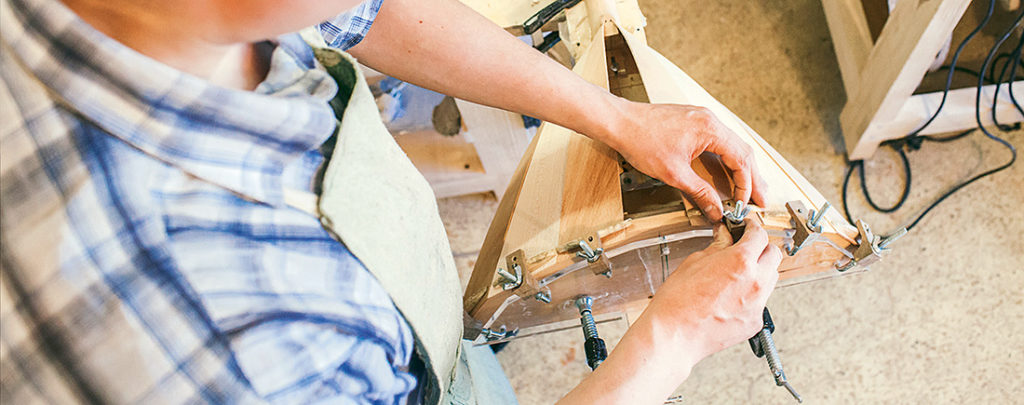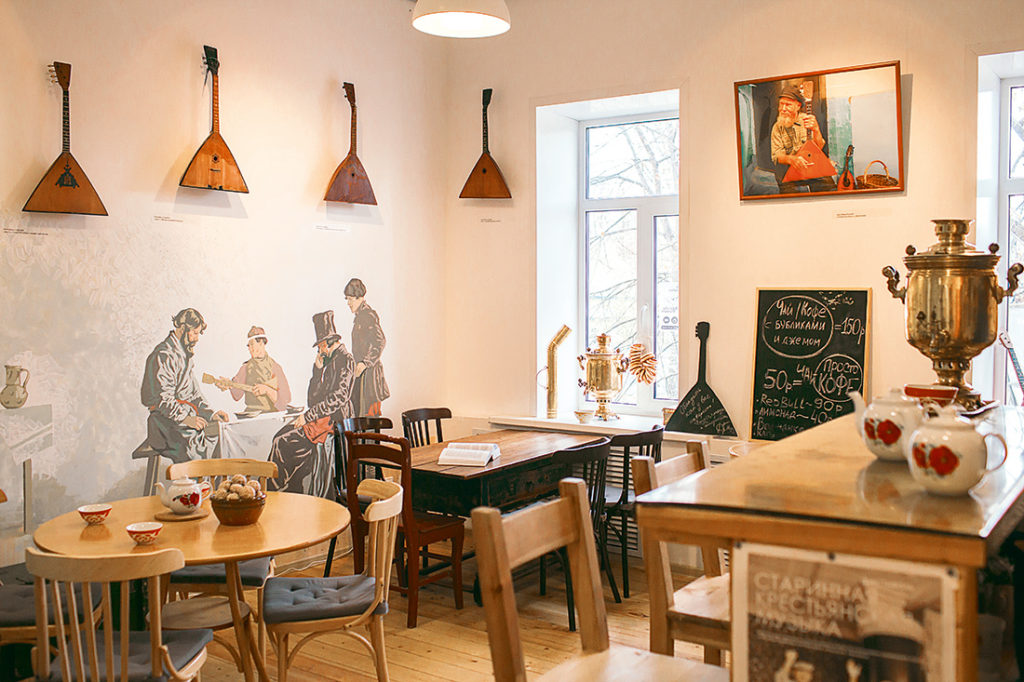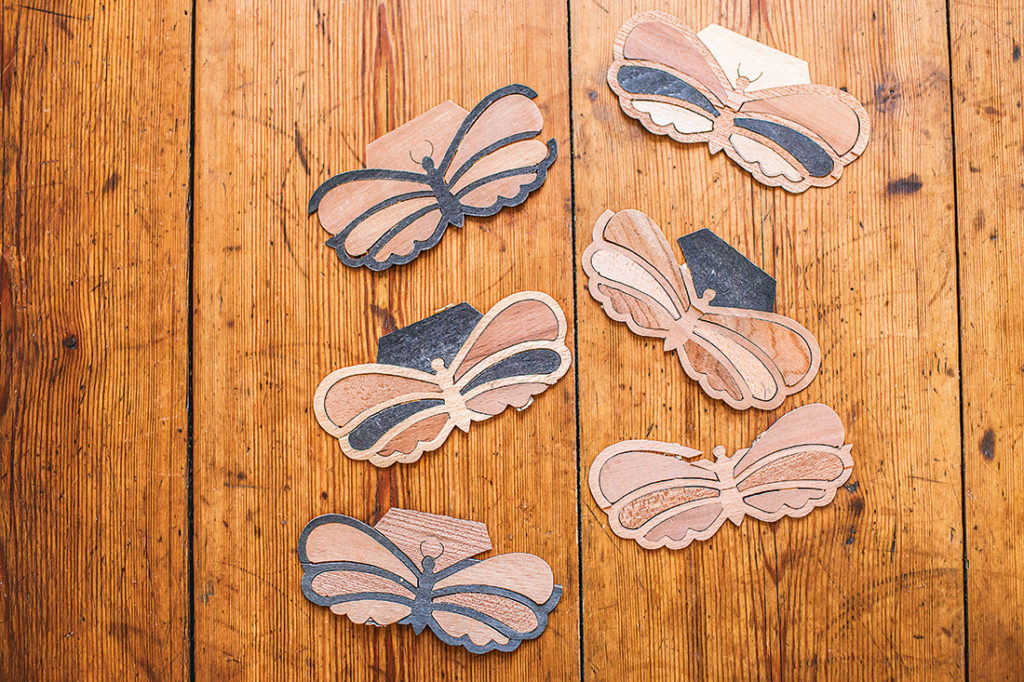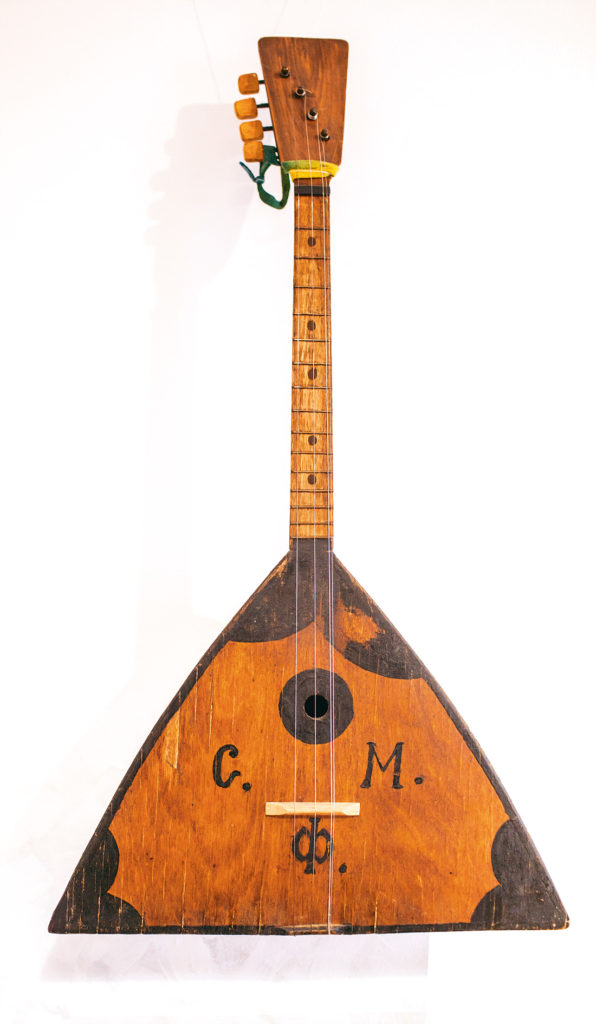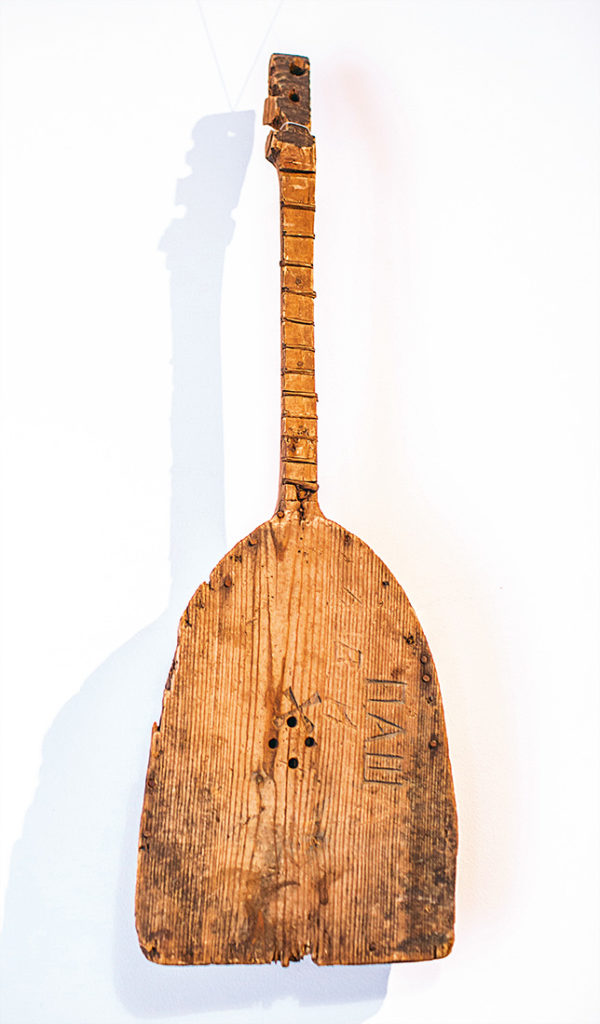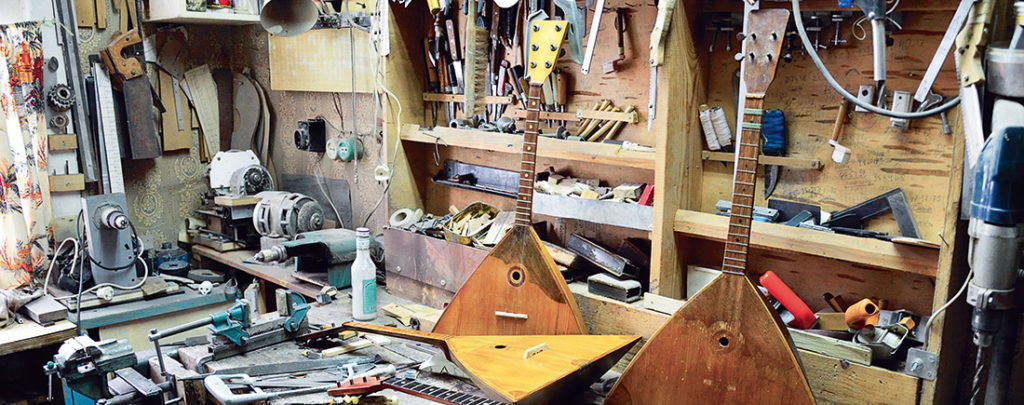The Balalaika Museum
Ulyanovsk region
Contact information
Operating hours
Daily 11:00–19:00
Ticket price
Ticket – 150 rubles
Excursion – 250 rubles
Master class – 400 rubles
Museum founder
Sergey Vladimirovich Klyuchnikov
Museum founder
Evgeny Alexandrovich Kharlamov
Founded
2013
The Balalaika Museum in Ulyanovsk was opened by a team of musicians and ethnographers in 2013. The project launch was preceded by a ten-year expeditionary practice in various regions of Russia, from the Russian North to the Middle Volga. The main goal of the expeditions conducted since the beginning of the 2000s was to search for the Russian peasantry’s ancient musical traditions. In the course of the research, a collection of musical instruments was accumulated, on the basis of which the museum was created. Once, in the summer of 2006, during an expedition to the Ulyanovsk region, the museum founders, Sergei Klyuchnikov and Evgeny Kharlamov, stopped in the small village of Russian Gorenki. It turned out that the local peasants had retained the rare craft of making balalaikas. Gorenki tradecraft traditions laid down at the end of the 19th century had survived to the present day. This lively story inspired the team to launch a museum project. The idea for the museum came from Sergey Klyuchnikov.
The museum is located in a city estate building, built in 1908. The Balalaika Museum acts as a museum and creative space at the same time.
Excursion activities are interspersed with creative projects and lectures, as well as with the operation of a craft workshop for creating balalaikas. The space of the museum allows for the organization of temporary exhibitions and photo shoots, various music chamber concerts, and uses the facilities of the museum cafe and mobile cinema. In ordinary times, the museum can immerse you in the perception of live peasant music. A unique selection of traditional performers’ recordings, collected by the project’s creative team on expeditions throughout Russia, makes it possible to get in touch with genuine Russian music more deeply. The museum has balalaikas for general use that can be played by any visitor.
The Balalaika Museum’s format is based on a traditional artisanal balalaika collection from different regions of Russia. The exposition consists of genuine instruments from the late 19th – second half of the 20th centuries. It clearly demonstrates the variety of the types of folk balalaikas. Here you can see the first examples of academic instruments, factory instruments, artel balalaikas, and rare examples of ancient peasant balalaikas. Visitors can follow the dynamics of folk craftsmen design ideas by the demonstration of different types of peg mechanisms and the multivariance of the number of strings and tuning systems. One of the exposition’s goals is to introduce the viewer to the traditional Russian balalaika’s art aesthetics, clearly manifested in the variety of designer decor options and the nuances of the instrument’s proportions from the last century.
A separate place in the exposition is occupied by the stand “Workshop of the Folk Musical Master”. The section is based on fragments of the Gorenki artel balalaika craft from the Ulyanovsk region and the similar in form Suvorovskaya artel production from the famous village of Shikhovo in the Moscow region.
The machines for making balalaikas called “blockhead” and “helicopter” stand out among the exhibits, as well as a set of specific tools for making plucked instruments of the first half of the 20th century.

